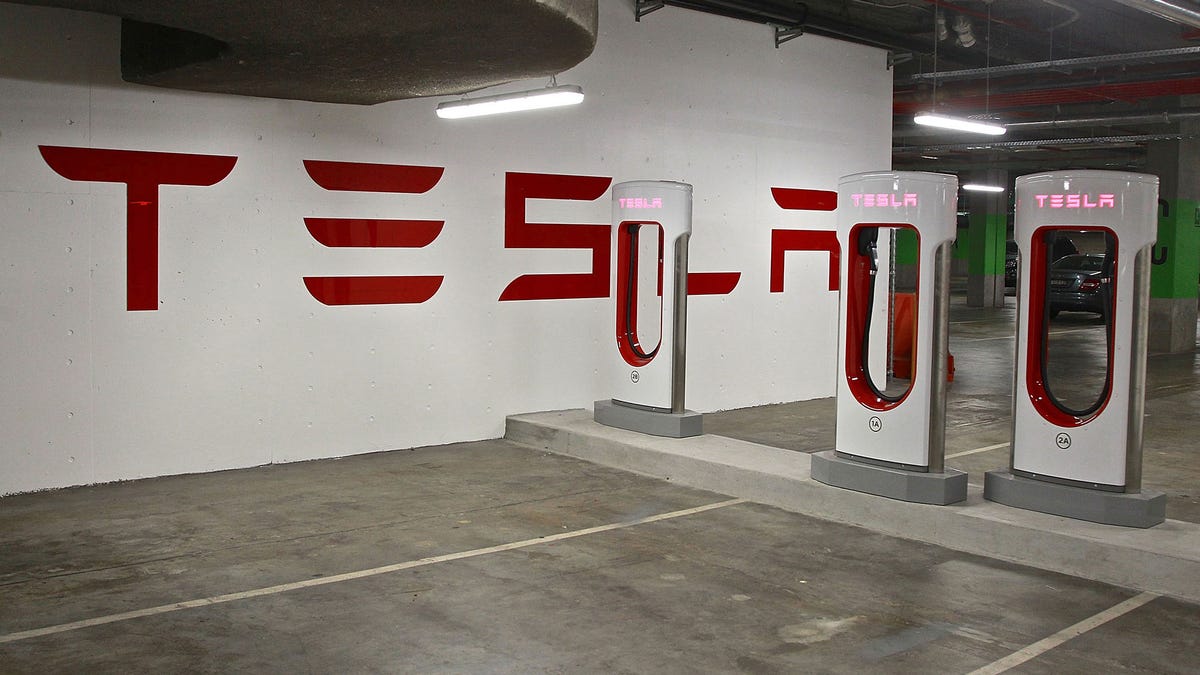Tesla's master plan is here and it's not really anything new
Nothing that other automakers aren't already looking into, that is.

His second master plan isn't necessarily earth-shattering, but that might give it a better chance at coming to fruition with some degree of haste.
The Hyperloop might be a few years away, but Elon Musk sure is good at building ol' fashioned hype trains. The Tesla CEO unveiled his second "master plan" tonight, and to be honest, while it's a good plan that takes many things into account, it's not particularly exciting.
His new master plan, per his blog post, starts off with creating solar-panel roofs with "seamlessly integrated battery storage," which involves merging Tesla and SolarCity, a company which Tesla has made a bid to acquire. Essentially, the first part of the plan involves merging the two companies.
Next, he wants to expand Tesla's footprint to cover "the major forms of terrestrial transport," which involves a "future compact SUV" and a "new kind of pickup truck." He mentions expanding electric vehicles to include heavy-duty trucks and methods of urban transportation. Both, he claims, are in development, and he believes the Tesla Semi (yes, that's what he called it) will be "really fun to operate."
That part of his plan hinges on the third part, which involves further developments to Tesla's semi-autonomous systems, eventually evolving into full autonomy. He wants to continue to utilize fleet learning on a massive scale to speed up development.
The blog post posits that the world will be ready to accept autonomous vehicles after they've driven 6 billion collective miles. Based on his estimate of fleet learning taking place at 3 million miles per day, it should take about 2,000 days for that to become reality, or about five and a half years.
He also clarified Tesla's use of the word "beta" for its Autopilot semi-autonomy system: "It is called beta in order to decrease complacency and indicate that it will continue to improve (Autopilot is always off by default)," Musk wrote. "Once we get to the point where Autopilot is approximately 10 times safer than the US vehicle average, the beta label will be removed."
Finally, he wants to create a sharing economy wherein your Tesla can earn you money when you aren't using it. That's not really much different from other current car-sharing ventures, like BMW's ReachNow, where Mini users can sign up to have others drive their cars when they're not being used.
In fact, not much here is new at all. Companies are already working to develop electric semis (like the very poorly-named Nikola Motor Company), and GM has a hydrogen fuel-cell electric pickup concept in the works in conjunction with the US Army, although that's not going to civilians at any point. And you'd be a terrible gambler if you'd wager that other automakers aren't working on compact electric SUVs right now -- I'm looking at you, Volkswagen.
Toyota's also been working on solar roofs for the US. It has already implemented this on cars outside the US, but due to strict US roof-crush tests, it hasn't been able to bring them stateside yet. Though the SolarCity buyout makes this a little more intriguing. It's possible, though, that Musk is referring more towards a dedicated home setup, though, that integrates its Powerwall battery into a self-sustaining power source in conjunction with solar panels atop one's house.
For those of you that were hoping for some crazy, pie-in-the-sky, typical-Musk brainstorming stuff, you're going to be let down. But, from a rational standpoint, this isn't a bad thing. It took Tesla years upon years to get most of its initial "master plan" in place. With a bit more bet-hedging and some more conservative goalposts, Tesla's efforts could materialize sooner than we think.

